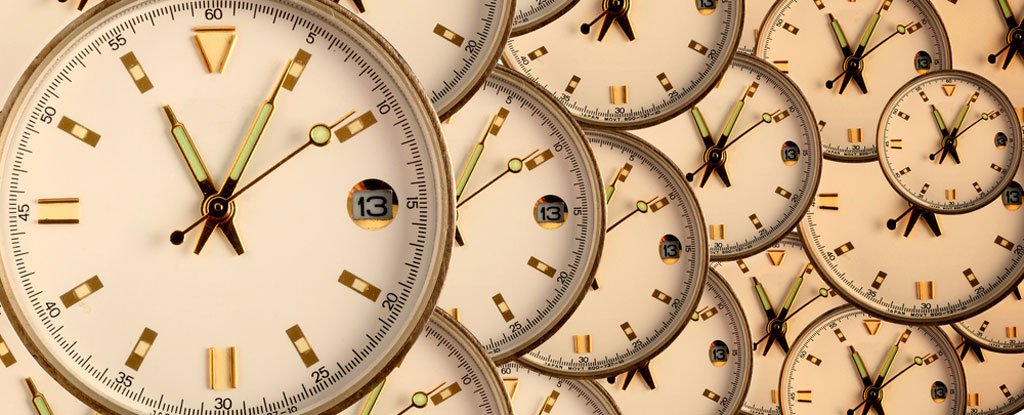
Hardest Code To Crack The Code
2 0 6 Two Numbers are correct but Wrong Places. 6 1 4 One Number is correct but wrong place. 6 8 2 One Number is correct and well placed. Can you crack this code A. Crack the Code Brainteaser.


The same attack would not work on different cryptosystems or different encryption software — they’d have to start back at the beginning and work out all of the tell-tale sounds from scratch.The researchers successfully extracted decryption keys over a distance of four meters (13 feet) with a high-quality parabolic microphone. With some very clever cryptanalysis, the researchers were able to listen for telltale signs that the CPU was decrypting some data, and then listening to the following stream of sounds to divine the decryption key. About and approach difficult problems.Without going into too much detail, the researchers focused on a very specific encryption implementation: The GnuPG (an open/free version of PGP) 1.x implementation of the RSA cryptosystem. 107 or 10 million, or 10,000,000 (one followed by seven zeroes) which is a set that includes 0000000.Here you can see the frequency spectrogram of various CPU instructions (down the right hand side)giving up their lives to breaking codes and protecting these successes. You mean how many possible 7 digit numbers using 0-9. In this case, the security researchers listen to the high-pitched (10 to 150 KHz) sounds produced by your computer as it decrypts data.How many different 7 digit PIN codes using only the digits 0-9 are possible This continues each reduced by the amount of prior digits taken from the (09) Ten possibilities.
Imagine if you were decrypting some files in a library, coffee shop, or other public space — someone could obtain your decryption key just by placing their phone near your computer. For what it’s worth, the same kind of electrical data can also be divined from many other sources — the power socket on the wall, the remote end of an Ethernet cable, or merely by touching the computer (while measuring your body’s potential relative to the room’s ground potential).In this light-weight setup, only the microphone (B) needs to be positioned correctly — everything else could be hidden away, for stealthy snoopingIn terms of real-world repercussions, acoustic cryptanalysis is actually surprisingly dangerous. The researchers performed the attack on different laptops and desktops, with varying levels of success.
If an attacker can’t get physically close to your data, it instantly becomes much harder to steal it. As far as mitigating acoustic cryptanalysis attacks, you either implement physical security — keep your laptop in a sound-tight box, or never let anyone near your computer when you’re decrypting data — or you need to use a “sufficiently strong wide-band noise source.” Something like a swooping, large-orchestra classical concerto would probably do it. The researchers propose one particularly nefarious scenario: Put a microphone into a co-located server, slot it into a rack in a data center, and then scoop up the encryption keys from hundreds of nearby servers.If you want to keep your data secure, you only really have two viable options: Heavy-duty encryption, physical security, and ideally both at the same time. With HTML5 and Flash able to access the microphone, it would be possible to build a website that listens for encryption keys too.


 0 kommentar(er)
0 kommentar(er)
